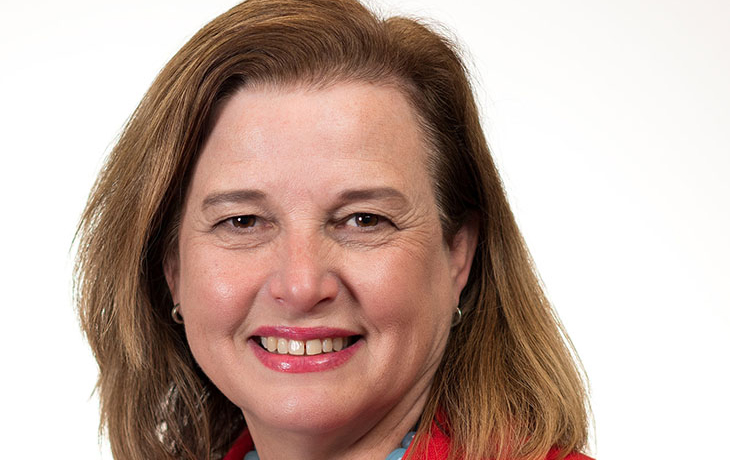This week, Chief of Staff Tommy Floyd, who represents the Kentucky Department of Education on the Governor’s Early Childhood Advisory Council, is my guest blogger. The topic is preschool and how to serve more children who could benefit from a quality early learning experience with the limited funding available.
Terry Holliday, Ph.D.
Education Commissioner
In the coming weeks, the Kentucky Department of Education will be releasing results from the kindergarten readiness screen of students beginning school this year. Superintendents know how important this data is to students and their future. Children who start behind in school may stay behind, but high-quality preschool can make a difference.
We are fortunate this year that Gov. Steve Beshear and the state legislature provided districts with additional funding for preschool. That additional funding, however, came with an expansion of eligibility guidelines, which means many districts also saw their preschool enrollment increase this fall.
With limited resources, many superintendents are asking: How can I stretch my state preschool funding so that more students will be ready when they start school?”
Terry Tolan, executive director of the Governor’s Office of Early Childhood, and Rick Hulefeld, founder and executive director of Children, Inc. in northern Kentucky, recently shared with me a model that some districts are using that has allowed them to serve more preschoolers for less, through collaboration with community programs like Head Start and STARS-rated early childhood centers.
Here’s one example: a private early childhood center in a district serves 18 children in the 4-year-old classroom, and 12 of the children are from families whose income is at or below 160 percent of the federal poverty line. The school system places a half-time early childhood teacher in the center, and the early childhood center provides the half-time assistant. The school district would be reimbursed for the 12 children. The early learning center would still receive its usual child care reimbursement and parent co-pay.
How does this stretch the district’s preschool dollars? The district is not paying for a half-day teacher assistant. The district is not retrofitting and/or equipping another classroom or paying for a janitor and/or utilities. It also may result in reduced transportation costs because parents may drop off and/or pick up their child before and after work. Most important, the school district has ensured that 18 children will be ready for kindergarten, not just 12.
This model offers many other benefits:
- The child spends more time in the classroom, less time being transported.
- There is greater alignment between the two halves of the day.
- The child is in a full-day, full-year program that hopefully is more effective with the presence of the school district’s teacher.
- The teacher has more contact with the family through the assistant teacher.
- The transitions between home, school and child care are seamless – a big support for working families.
- The early learning center, which is typically open more than 10 hours a day, benefits by reducing its staffing costs.
- Other forms of sharing between the school and care provider may result, for example, around training.
It is important to note that many of the benefits listed still occur if the partnership takes place in the district’s classrooms with the district providing the half-day teacher and the early childhood organization providing the assistant and the wrap-around care.
Using a mixed model for delivering preschool will result in districts serving more children at reduced cost and, even more important, improve outcomes for children in the district.
As superintendents begin developing their 2015-16 budgets, I encourage them to consider this model and begin identifying potential early childhood partners in their community that may be willing to join with schools in an effort to ensure more students are ready for learning on their first day of school.


Leave A Comment